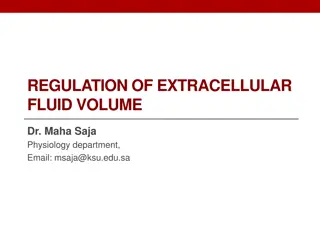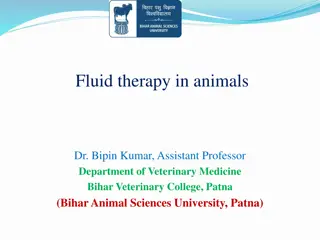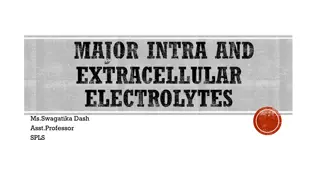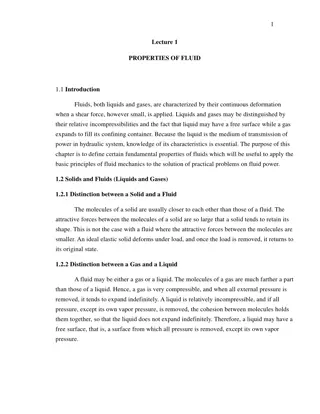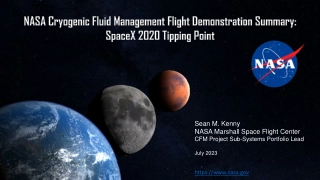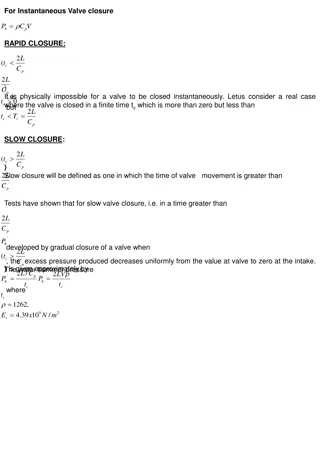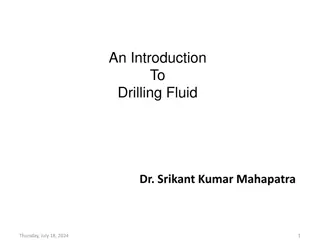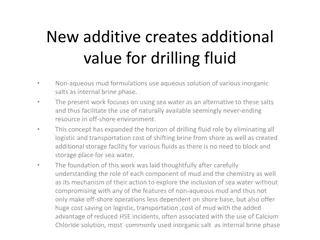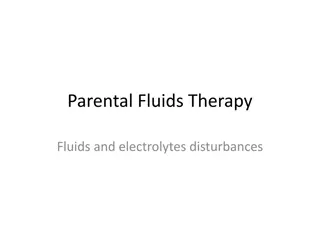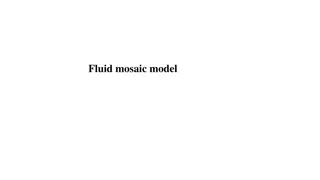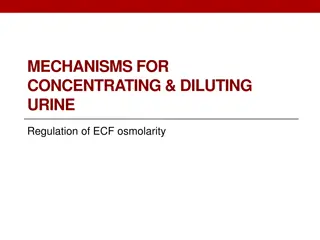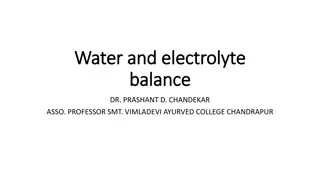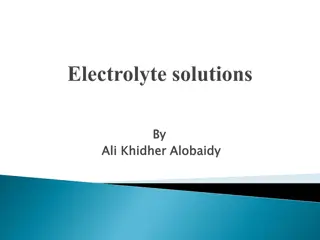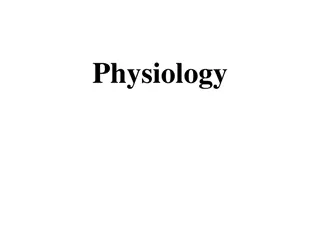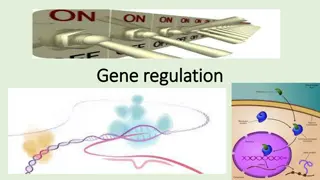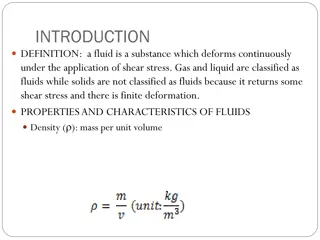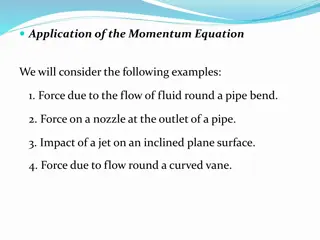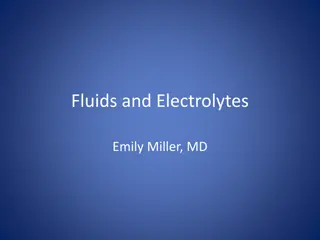Regulation of Extracellular Fluid Volume: A Comprehensive Overview
Understanding the intricate mechanisms involved in the regulation of extracellular fluid volume is essential for maintaining normal body function. This includes sensor and effector roles in renal regulation, the influence of aldosterone on Na+ reabsorption, the significance of Na+ balance, and the impact of ECF volume on overall health. Sodium balance, fluid composition, and the importance of ECF volume regulation are explored in-depth in this informative content.
Download Presentation

Please find below an Image/Link to download the presentation.
The content on the website is provided AS IS for your information and personal use only. It may not be sold, licensed, or shared on other websites without obtaining consent from the author. Download presentation by click this link. If you encounter any issues during the download, it is possible that the publisher has removed the file from their server.
E N D
Presentation Transcript
REGULATION OF EXTRACELLULAR FLUID VOLUME Dr. Maha Saja Physiology department, Level 2, Office 89, Email: msaja@ksu.edu.sa
Objectives Identify and describe the role of the sensors and effectors in the renal regulation of body fluid volume. Describe the role of the kidney in regulation of body fluid volume. Identify the site and describe the influence of aldosterone on reabsorption of Na+in the late distal tubules.
Introduction Maintaining normal ECF volume and osmolarity is crucial for the well-being of human beings. Normal ECF volume is important for maintenance of normal ABP which ensures adequate tissue perfusion. Normal ECF osmolarity is crucial for maintenance of normal cell volume & function. Two separate yet interrelated control systems regulate ECF volume & osmolarity. ECF volume is regulated through adjusting bodyNaCl content. ECF osmolarity is regulated through adjusting body water content.
Today we will focus on ECF volume regulation
ECF Volume The most abundant cation in ECF is Na+ The most abundant anions in ECF are Cl- and HCO3- The body regulates ECF volume by monitoring and adjusting total body content of Na+ ECF volume is closely linked to Na+ balance. To understand ECF volume regulation one must understand Na+ regulation.
Why is Na+ Content the Main Determinant of ECF Volume? [Na+] in ECF Na+ and its associated anions are the main osmotic constituents of ECF volume. When Na+ salts move, water must follow. ECF osmolarity H2O reabsorption by kidney and stimulate thirst Increases ECF volume
Why is it Important to Regulate ECF Volume? ECF volume Effective circulating volume CO This will have detrimental consequences on the body MAP
Sodium Balance Input Output Dietary intake; RDA = 1.5-2.3 g/day Actual content in western diet = 7g/day Kidney (most important). Minor pathways under normal conditions GI loss Sweat (Preston & Wilson. Lippincott s illustrated reviews Physiology)
Sodium Distribution in the Body Body sodium distribution ECF (65%) ICF Bones (25-30%) (5-10%) Exchangeable (Boron & Boulpaep. Medical Physiology)
Regulation of Na+ Excretion by the Kidney The kidney is the main route for the body to rid itself of excess Na+ The signal that triggers enhanced Na+ excretion by the kidney is actually the ECF volume specifically the effective circulating volume. Effective circulating volume (ECV) = a functional blood volume that reflects the extent of tissue perfusion in specific regions, as evidenced by the pressure in their blood vessels. Usually changes in ECV parallels those of ECF volume. (Boron & Boulpaep. Medical Physiology)
Regulation of ECF Volume (ECV) ECV ECV Na+ excretion by kidneys Na+ excretion by kidneys ECF volume ECF volume (Boron & Boulpaep. Medical Physiology)
Regulation of ECF Volume (ECV) Change in ECV (ECF volume) Affects ECV sensors Baroreceptors This generates 4 distinct hormonal/neural pathways Sympathetic NS RAAS ADH ANP
The Renin-Angiotensin-Aldosterone System (RAAS) ABP [NaCl] at macula densa renal perfusion pressure (Boron & Boulpaep. Medical Physiology)
Sympathetic Nervous System (SNS) Its role is thought to be especially important during stressful conditions, e.g. hemorrhage. SNS effects Direct Indirect Renal vascular resistance Stimulate renin release Na+ reabsorption
Atrial Natriuretic Peptide (ANP) ANP promotes natriuresis (Na+ excretion). Secreted by atrial myocytes in response to stretch. ECV ANP release Na+ excretion
Final Note Although, under physiologic conditions, the body regulates plasma volume & plasma osmolarity independently. Severe derangements in fluid & electrolyte balance may challenge the system by presenting two conflicting changes in osmolarity and volume. In general, the body defends volume at the expense of osmolarity.


